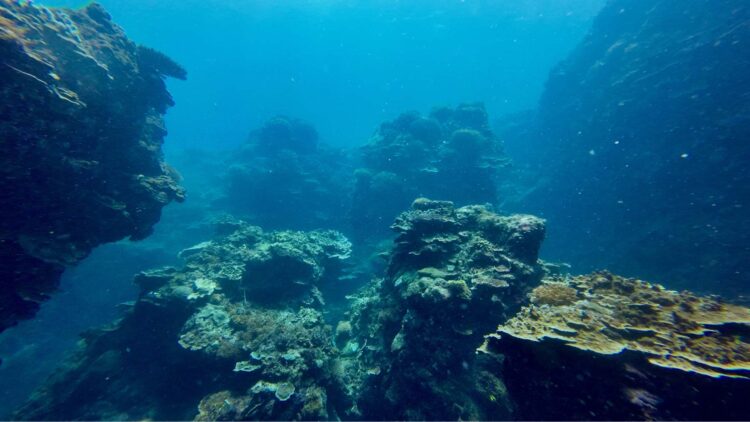Nature is full of endless wonder, and we have barely scratched the surface, literally, of all its secrets. A discovery that has been out for a while but that still continues to marvel the scientific community happened in 2019, when a research team led by marine biologist Cherisse Du Preez was exploring the seafloor off the coast of Vancouver Island. What they found was an active underwater volcano that had been thought dormant for years. What made the discovery even more interesting was what was found nearby, thousands of large, brightly colored eggs known as “mermaid’s purses.”
First and foremost, the non-dormant volcano. This 3,600 feet high form sits about a mile beneath the surface, which is likely why activity was not detected for so long, and had been releasing warm, mineral-rich water into the surrounding area for a while. Luckly for scientists and researchers, these waters made the perfect environment for a deep-sea species that is not very commonly observed and because of that is still largely a mystery to scientists.
Why the active volcano was instrumental in the scientific discovery
The creature we are talking about is the Pacific white skate, or Bathyraja spinosissima, which lives in cold Pacific waters at depths ranging from 2,600 to over 9,000 feet. For those who do not know and cannot picture it, it is a type of ray. Adults of this species can grow up to 6.5 feet long and are built to survive in the harsh conditions of the deep ocean, which means they are largely undetected by most diving excursions unless someone is looking for them or they are found by accident like it happened here.
They do tend to look for warmer waters in order to reproduce, for which the volcano was perfect, and the eggs, which measure around 18 to 20 inches wide, take about four years to hatch. Since the gestational period is so long, the geothermal heat they search for is thought to be useful in the process, and in this case the volcano might have even helped to speed up the process.
Du Preez described the environment created by the volcano as almost a coral garden and a safe nursery for juveniles before they descend into the deep.” This is because the area around the volcano’s summit is relatively shallower than the surrounding deep sea and creates a warmer zone that supports more life than expected. Since these phenomena do not occur often (or we do not find out when they do) scientists are now positing that volcanic sites like this may play a bigger role in deep-sea reproduction than previously thought.
The theory might hold more weight than we think, as just the previous year researchers near the Galápagos Islands found similar skate egg clustered near hydrothermal vents and like in Canada, the geothermal heat seemed to be a useful resource for incubation. The theory about the pattern emerged, “deep-sea skates may regularly rely on volcanic or hydrothermal activity to help their young survive.”
But the story did not end there with the discovery, in order to confirm the theory and maybe learn more about these skates, the research team returned to the Canadian site. Once there, they documented a live Pacific white skate laying an egg and found signs that other marine species might be using the area for the same purpose.
It gives weight to the theory that the area is being used as a nursery, but not just for skates, but for other deep sea creatures that are also largely unknown and unresearched because of the difficulty to do so. Knowing this, researchers will need to find other similar locations and prove the theory, but it is a very good starting point.

